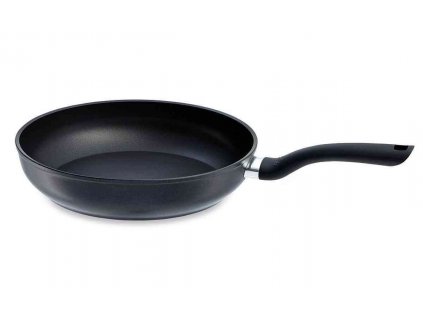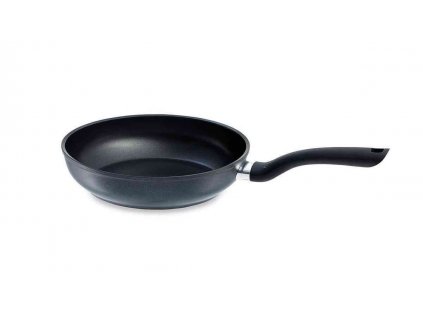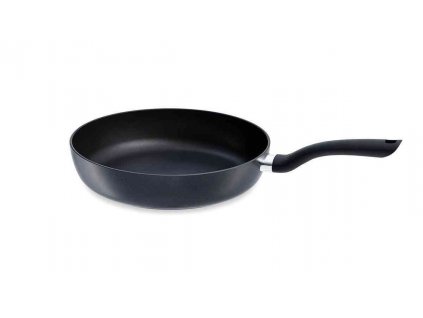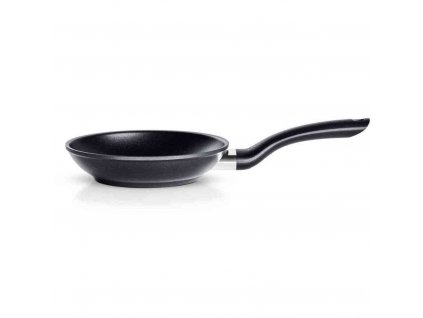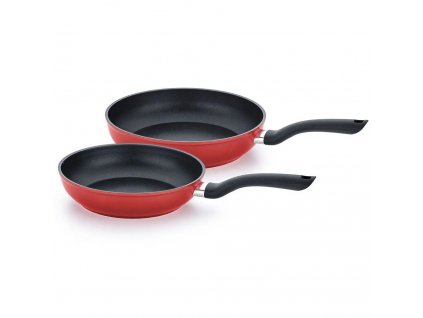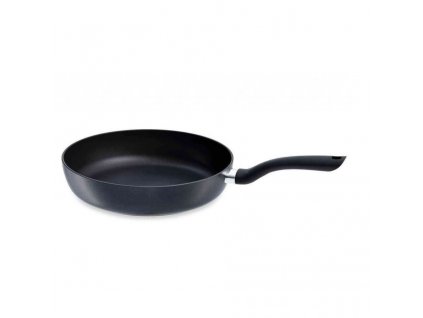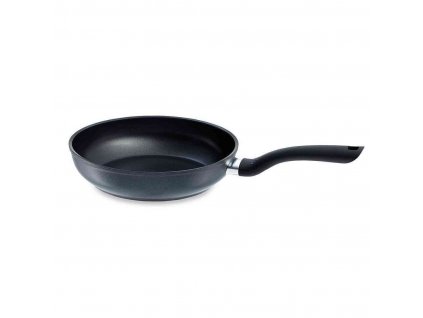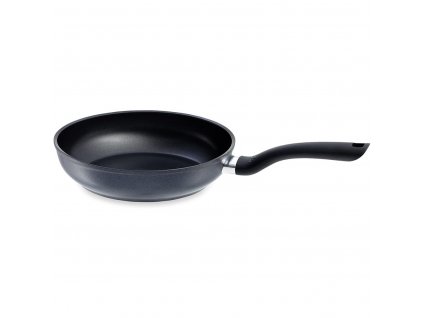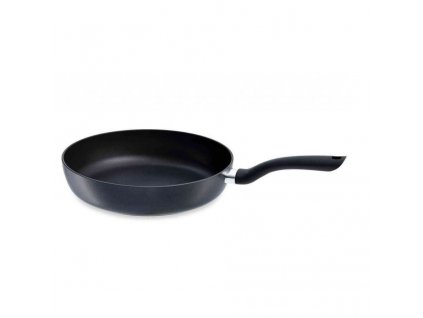Universal frying pans
Product sorting
List of products
Listing controls
Frying Pans – Which Frying Pans Are Best for Cooking?
Frying pans are essential in every kitchen. The most common types of pans are aluminium, stainless steel, copper, or cast iron pans. Each material has its own properties and advantages, which you can read about below or in our complete pan guide here.
Which are the best pans, and what type of food are they suitable for?
- Stainless steel frying pans: For almost all types of food that you want to fry, sauté, or sear, they are practically indestructible, and the material offers excellent heat distribution.
- Aluminium pans are best for cooking individual portions of meat, steaks, burgers, or frying eggs. Aluminium pans are lightweight and distribute heat very well, but keep in mind that they don't retain heat very well, so when you add food to a hot pan, the temperature will fluctuate.
- Cast iron pans are ideal for steaks, but also for frying and roasting various types of food. However, remember not to use them for foods such as tomatoes and other acidic ingredients, delicate fish, eggs or sticky desserts.
- Copper pans heat up and cool down quickly, look beautiful and make a great addition to any kitchen. They are ideal for cooking dishes that require constant heat and precise temperature control (think fish, sauces or sweets like caramel), but should not be used with acidic ingredients like lemon juice, wine or tomatoes.
Buying the right pan also depends on what food you usually fry, the type of cooker you use and how many people you usually cook for. You can also view our selection of woks and grill pans.
Are non-stick pans any good for frying, and why do professional chefs dislike them?
Non-stick pans are very convenient and easy to use, and many people like to use them for all sorts of culinary tasks, including frying, roasting or stewing. However, you should know that they are usually very delicate and it is easy to ruin their non-stick coating by using the wrong kitchen utensils or overly harsh abrasive cleaners. This is why professional chefs don't use them in professional kitchens or restaurants where pans are in constant use.
However, good quality non-stick pans are great tools for home use, and the combination of stainless steel and non-stick features is ideal for all types of home cooks, including complete beginners. Use your non-stick pans, especially for egg dishes, vegetables, poultry and delicate fish.
How often should you replace non-stick pans?
As a general rule, you should replace them approximately every five years. However, you should regularly inspect your pan and stop using it immediately if you notice that it is warped, scratched or discoloured.
Which frying pans are the best?
At Kulina, you'll find a wide selection of reliable, high-quality pans from well-known brands such as Zwilling, Fissler, Woll or WMF. The choice depends on the material you prefer and how much you want to invest in your pan. Choose Tefal if you are looking for an affordable non-stick pan, or upgrade to de Buyer if you can afford a premium pan from the legendary French manufacturer.
How to care for your pans?
Each material has its own specific characteristics and, therefore, requires individual care:
- only use silicone utensils on non-stick pans,
- always wash your pans by hand; do not use strong detergents or abrasive cleaners.
- Dry your pans immediately after washing.
- Avoid drastic temperature changes (never put a hot pan under cold water).
- Try to avoid acidic foods and aerosol cooking sprays.
- After drying, coat the pan with a thin layer of oil.
- Store your pans properly.
.png)

